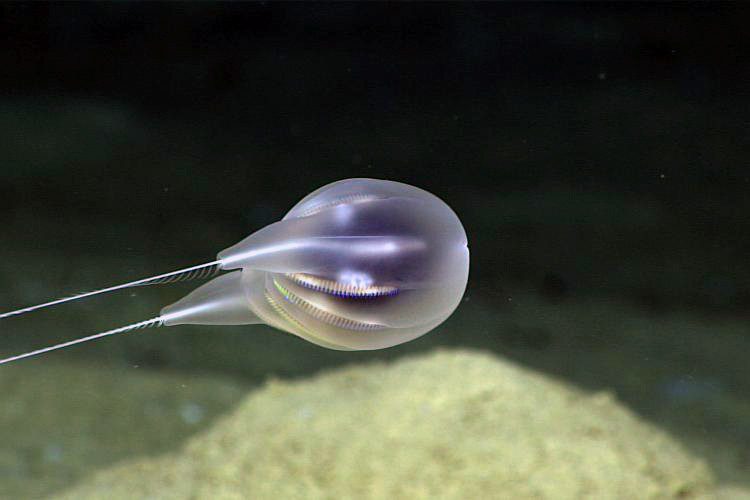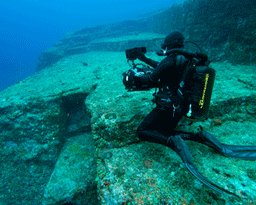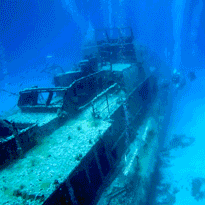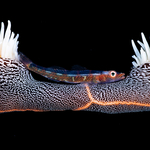
DIVING NEWS
Deep jelly named – no sample required

A new species of comb jelly found at a depth of almost 4km has become the first creature to be described and named by National Oceanic & Atmospheric Administration scientists on the basis of video evidence alone.
A team from the USA’s NOAA Office of Ocean Exploration & Research discovered the ctenophore, now named Duobrachium sparksae, off Puerto Rico in 2015, but only after years of analysis has it now been described in Plankton & Benthos Research.
Spotted on footage taken from the Deep Discoverer ROV, the jelly was recognised as new to science by NOAA scientists Mike Ford and Allen Collins.
“It’s unique because we were able to describe a new species based entirely on high-definition video,” said Collins. “The cameras on the Deep Discoverer robot are able to get high-resolution images and measure structures less than a millimetre.
“We don’t have the same microscopes as we would in a lab, but the video can give us enough information to understand the morphology in detail, such as the location of their reproductive parts and other aspects.”
The jelly measured about 6cm, with tentacles about 30cm long. “It moved like a hot-air balloon attached to the seafloor on two lines, maintaining a specific altitude above the seafloor,” said Ford.
“Whether it’s attached to the seabed, we’re not sure. We did not observe direct attachment during the dive, but it seems like the organism touches the seafloor.”
NOAA notes that comb jellies and jellyfish are not closely related, though both are 95% composed of water. Comb jellies usually have eight rows of cilia that beat rhythmically, refracting light into colours as they move, preying on arthropods and larvae. Between 100-150 species have been identified.
5 December 2020
MEANWHILE another US scientific team has spotted the densest swarm of fish ever recorded in the abyssal [3-6km deep] ocean. Exploring one of three seamounts at depth of more than 3km deep, they used a small amount of mackerel bait to lure 115 cut-throat eels (Ilyophis arx) into their ROV lights.
The researchers from the University of Hawaii at Manoa made their discovery in part of the massive Clarion-Clipperton Zone that runs south from Hawaii almost to Mexico. Sections of the CCZ are now being mined for rare metals and elements, amid warnings from scientists and environmentalists of a deep-sea “gold rush” that could imperil barely-understood ecosystems.
The scientists were surprised that large swarms of eels came to feed on all three seamounts, where food would be expected to be at a premium. Before the discovery, even a 29kg shark carcass dropped at 4.4km had attracted no more than 68 hungry fish.

The post Deep jelly named – no sample required appeared first on Divernet.
Read More Diving News Divernet















